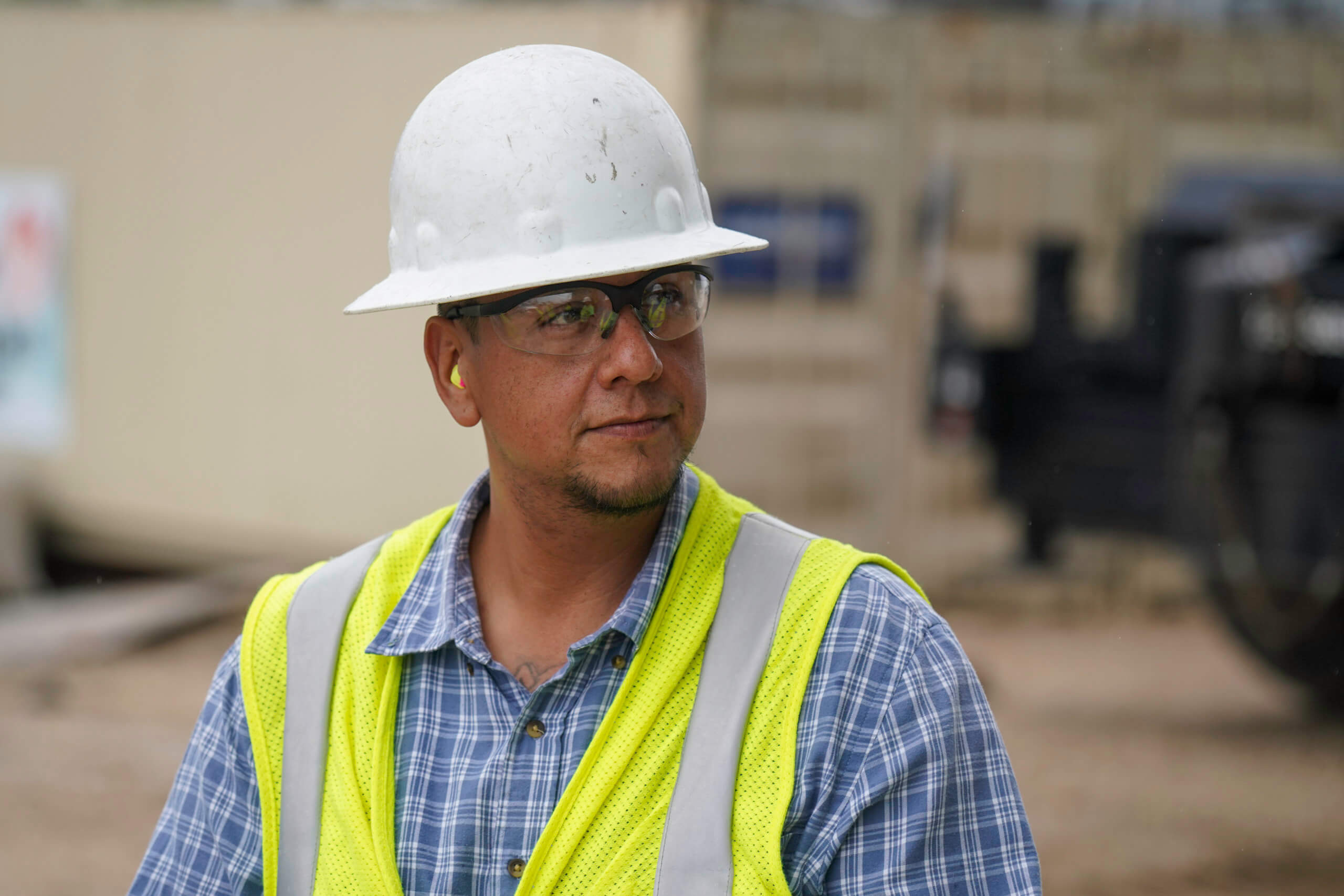Why Your Next Project Needs A Feasibility Study
Manufacturing firms, like most businesses, want to be on the cutting-edge of innovation and efficiency. Firms take on large capital projects to upgrade facilities or increase their manufacturing capabilities. These projects can also be a substantial risk for the business. Building a new industrial facility, for example, can strain financial resources. Retrofitting an existing facility might halt production for a short time or a new inventory system might unintentionally create supply chain issues.
Simply put, a feasibility study FEL-1 determines if a project is technically feasible and economically justifiable. Business leaders use feasibility studies to make informed decisions about project proposals. From the information provided, leaders can choose to move forward, select an option within the study or abandon the project altogether. A study is also an important tool for potential investors and lending institutions.
Since so much is at stake in a feasibility study, it is critical that the report is unbiased. The study is only as good as the accuracy of the data and the thoroughness of the report. For this reason, many manufacturing companies engage outside firms, like Matrix PDM Engineering, to complete feasibility studies.
First, a feasibility study defines the problem/ opportunity. Project leaders determine the scope of the project and the objectives. Market research is used to illustrate the need for the project. Financial projections can chart potential increases in revenue or similar metrics. At this stage, it is also important to define the requirements and limitations of the project.
Next, the current situation or mode of operation is studied. Historical background information can be included. The purpose of this phase is to objectively evaluate the current workflow.
In the next phase, the project requirements are assessed against the project constraints. These considerations typically fall under six broad categories:
Technical Feasibility
Is the project technically feasible? What are the limitations of the current technology?
Legal Feasibility
Does the project meet all laws, codes and regulations?
Operational Feasibility
Does the proposal meet operational requirements? Will those objectives meet business goals? Is it possible to engineer the proposed concept?
Time Feasibility
Can the project be completed in the time allowed? Are there seasonal or other time constraints?
Resource Feasibility
Are the appropriate labor, raw material, components, and technological resources available?
Financial Feasibility
Can the project be completed within the financial constraints or budget?
A quality feasibility study will carefully analyze all of these areas and provide data for each line item. Gathering quotes to procure all of the necessary resources is a big part of this process.
Finally, the feasibility study should conclude with a recommendation and an evaluation of alternatives. A PDRI 1 (Project Definition Rating Index) will be performed to further analyze the results of the Feasibility Study. With this information in hand, leaders, investors and financial institutions have the tools they need to make an objective decision. As an added bonus, much of the information gathered and generated throughout this process will help with project planning through Conceptual and Detail Engineering and procurement if the project moves forward.
As you can see, feasibility studies are a valuable tool for any organization planning an infrastructure project. Matrix PDM Engineering can partner with your organization to provide a variety of pre-project planning tools across a wide range of industries. Contact us to learn more about our feasibility study FEL-1 services.
